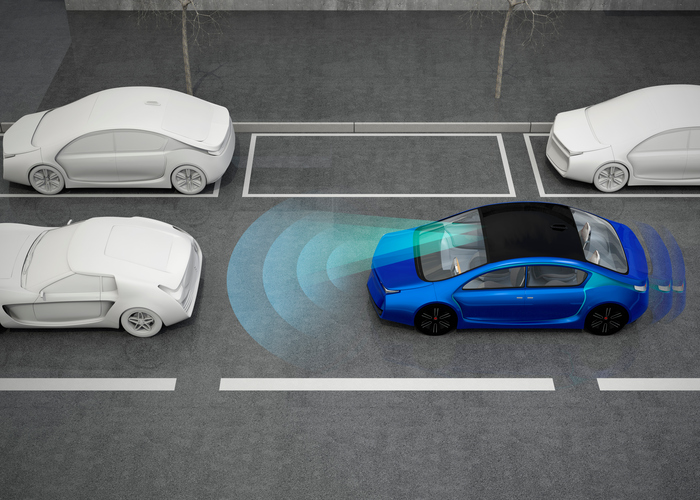Calling All Students in Mechanic Certification Programs: Nissan Moves to Make Automatic Emergency Brakes Standard

Over the past several years, automotive brands have developed a range of impressive features that are designed to improve car safety on the road. Thanks to developments in radar, GPS, and imaging technology, drivers now benefit from the added security provided by lane departure warnings, blind spot detection, rear-view cameras, and of course, automatic emergency braking. These types of features are so helpful, in fact, that many major manufacturers are moving to make automatic emergency braking (AEB) standard in new vehicles. Nissan is on the leading edge of these companies, vowing to roll out AEB as a standard feature in its core vehicles by 2018.
Read on to learn more about Nissan’s latest announcement about AEB.
Students in Mechanic Certification Programs Should Know About Nissan’s Announcement
As students in a mechanic certification program will soon realize, automatic emergency braking is revolutionizing car safety. Using radar technology and cameras, the vehicle is able to sense if a driver isn’t responding to an object in the vehicle’s path. Once the vehicle determines that the driver is getting too close for comfort, it intervenes and applies the brake, bringing the vehicle to a safe stop. With the recent rise in distracted driving, this technology could go a long way in preventing senseless accidents from occurring.
As part of its mission to standardize AEB, Nissan has vowed to make the technology standard in its core seven vehicle models by 2018. These seven models are the following:
- Rogue/Rogue Sport
- Sentra
- Murano
- Altima
- Pathfinder
- Maxima
- Leaf
These vehicles make up 90 per cent of Nissan’s sales, and it’s estimated this new initiative will mean about one million vehicles will come equipped with AEB during the first year it’s implemented.
Students in Mechanic Certification Programs Might Know Standard AEB Could Save Lives
Nissan making AEB technology a standard feature in its core vehicle lineup has the potential to save lives and drastically reduce the number of car accidents occurring on the road. According to the National Highway Traffic Safety Administration (NHTSA), implementing AEB widely could stop about 28,000 crashes and prevent 12,000 injuries every single year in the United States. While similar studies don’t yet exist for Canada, it’s safe to say that widespread use of AEB would save many lives north of the border too.
It will come in especially handy in preventing rear-end collisions, which are the number one cause of accidents in Canada and can be blamed for 25 per cent of all collisions. If AEB was integrated into all vehicles, it’s estimated it could reduce rear-end crashes by a whopping 40 per cent.
U.S. Dot and IIHS Announce Other Auto Makers’ Plans to Implement Automatic Emergency Braking
If you’re considering training in automotive industry programs, you’re probably wondering what inspired Nissan’s big move to standardize AEB. In 2016, the U.S. Department of Transportation (DoT) and The International Institute for Highway Safety (IIHS) announced an agreement with twenty major automakers to make AEB standard in vehicles by September 1, 2022. Some of the auto makers that committed to this agreement are Hyundai, Mazda, Honda, Kia, and luxury auto brands like Mercedes-Benz, Jaguar, Tesla, Porsche, and more.
Toyota is also a part of this agreement, and like Nissan, Toyota is moving quickly to beat the 2022 deadline. In fact, Toyota has already made the bold claim that AEB will be in the majority of its vehicles by the end of 2017. While this is a pretty hefty goal, it demonstrates an important commitment to driver safety. Automotive industry professionals can expect to see more AEB technology come standard in vehicles from many different manufacturers over the coming years.
Do you want to earn your auto mechanic certification in Toronto?
Contact Automotive Training Centres today!


